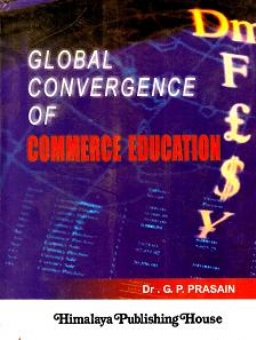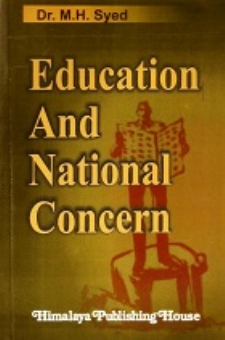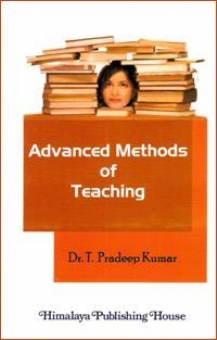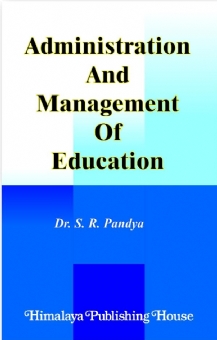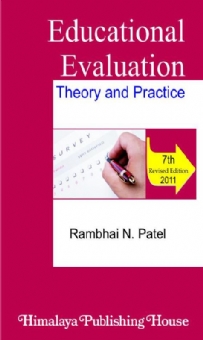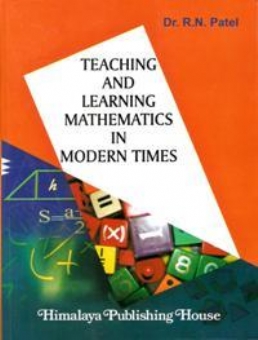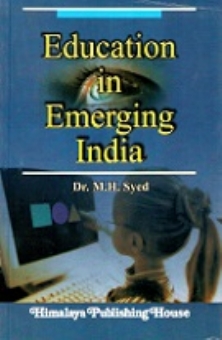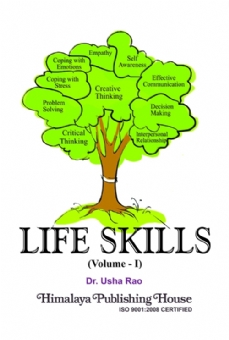Human values are inherent in our eternal ethics (Sanatan Dharma) as propounded by our rishis or gurus in ancient literature. These are meant for the whole humankind without any barrier of place and time. These values derived from ancient shastras are meant not only for imparting knowledge, more learning, or for passing an examination but ultimately to develop a personal understanding and commitment to practise it in life. Such a personal commitment can be developed only through freedom of dialogue and choice given to students or trainees.
Similarly, peace also has to be nurtured in the family first, both by mother and father; the solace enjoyed by the child then leads to tranquility which is not destructible that easily gets reinforced at college and university level. The child should enjoy the same peace and solace at youth and adult level. Peace understood and enjoyed by children at that tender age makes the students dislike quarrels and fights. They then automatically turn as warriors of change to bring peace in the classrooms, schools, colleges and universities. It goes without saying that, as desired in the New Education Policy, peace education should be introduced, wherein emotional literacy is imparted to make both teachers and students emotionally intelligent.
A teacher should be emotionally balanced to propagate peace and human values, the teacher must be an ardent practitioner of human values. He must be a role model for his students. Only then his preaching or teaching will have any credibility. Then, he should ignite spirit for seeking clarifications of doubts through raising queries. He must not issue commands on values but give them freedom of discussion and make conscious free choice of values to be practised in life. For this, proposals must be presented with consequences of each rival option. If good human values are chosen consciously by students, then their commitment to practice in life will become sustainable. Children should be allowed the privilege of self- exploration, curiosity, debate, and dialogue so as to enable them to make conscious choice of values. Both value and peace education develop universal brotherhood and strengthen the spiritual foundations in children, youth, and adults in all nations.
Contents –
UNIT I : VALUE EDUCATION
1 Value Education
2 Process of Value Education
3 Purpose of Life
4 Choice of Ethics, Ethos and Values Continue
5 Material Possessions vs. Relationships
6 Current Scenario of Material Status and Happiness
UNIT II : HARMONY OF INDIVIDUAL
7 I (Soul) and My (Body) Coexistence
8 Needs of I (Soul) and My (Body) Continue
9 My (Body) as Instrument of I (Soul)
10 Harmony in I (Soul)
11 Harmony of I (Soul) with My (Body)
12 Swasthya through Sanyam
UNIT III : FAMILY AND SOCIETY RELATIONS
13 Family Relationship
14 Values in Inter-human Relations (Family and Society)
15 Other Values in Relationships
16 Social Harmony
17 Vision of Universal Human Harmony
18 Non-violent Communication
UNIT IV : HARMONY IN EXISTENCE
19 Harmony of Nature
20 Four States of Nature Continue
21 Coexistence at All Levels
UNIT V : HOLISTIC UNDERSTANDING AND PROFESSIONAL AND TECHNICAL ETHICS
22 Natural Acceptance
23 Certainty of Ethical/Human Conduct
24 Vision for Human Order
25 Commitment to Professional Ethics
26 Use of Holistic Technologies
UNIT VI : PEACE EDUCATION
27 Peace
28 Objectives of Peace Education
29 Types of Peace
30 Peace Culture in India and Need for Peace in the World
31 Warriors of Change
32 Modus Operandi
33 Accomplishment
34 Nobel Peace Prize
Practice Session – Theory Examinations and Practical
Examinations


